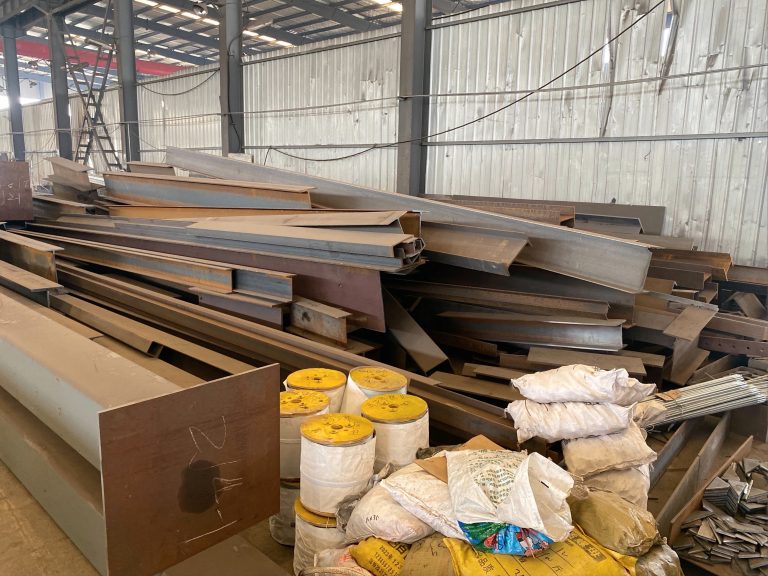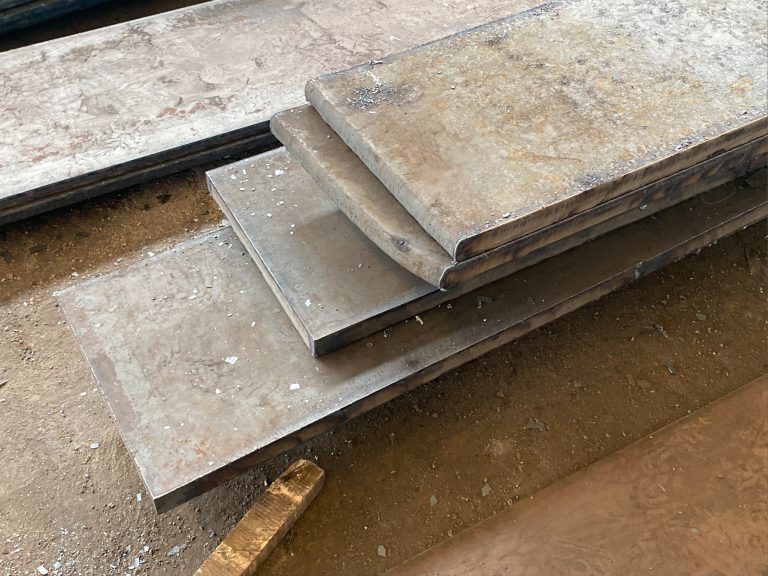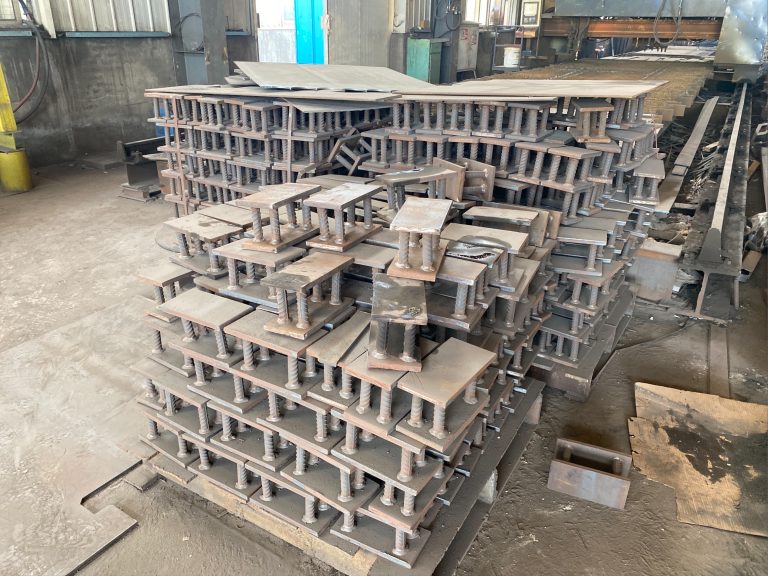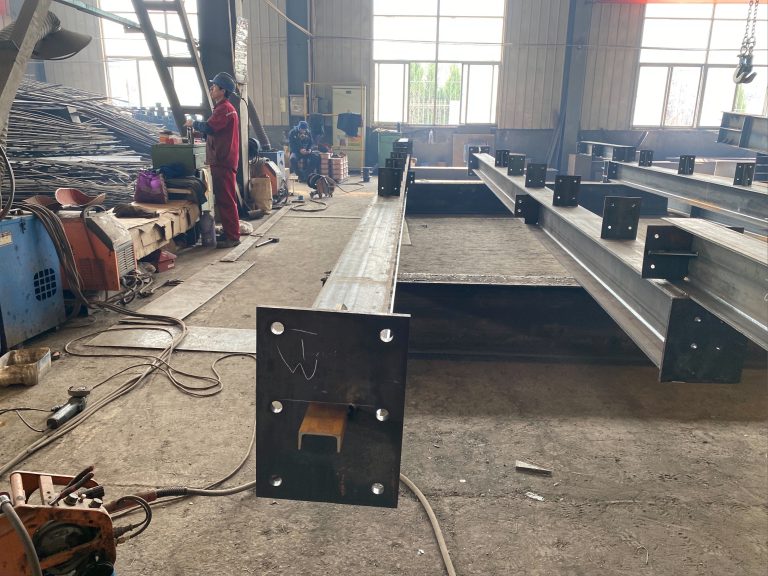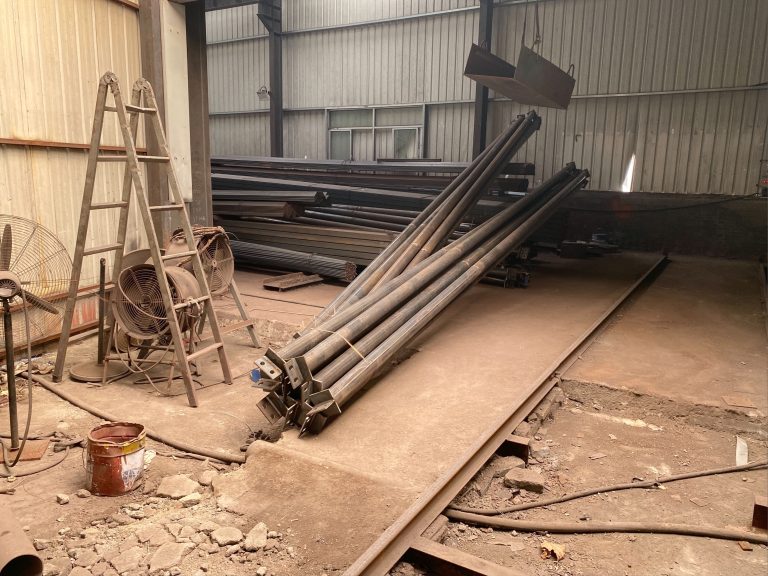The future of the steel structure industry: the integration of innovative technologies and green buildings.
Inhoudsopgave
Advancements in Steel Structure Manufacturing Processes
The steel structure industry has long been a cornerstone of modern construction, providing the framework for countless buildings and infrastructure projects around the world. As technology continues to advance at a rapid pace, the steel structure industry is also evolving to meet the demands of a changing world. One of the key trends shaping the future of the industry is the integration of innovative technologies into the manufacturing process.
Advancements in steel structure manufacturing processes have the potential to revolutionize the way buildings are constructed, making them more efficient, sustainable, and cost-effective. One of the most exciting developments in this area is the use of 3D printing technology to create complex steel structures with unprecedented precision and speed. By using 3D printing, manufacturers can produce custom-designed components that are tailored to the specific needs of a project, reducing waste and improving overall efficiency.
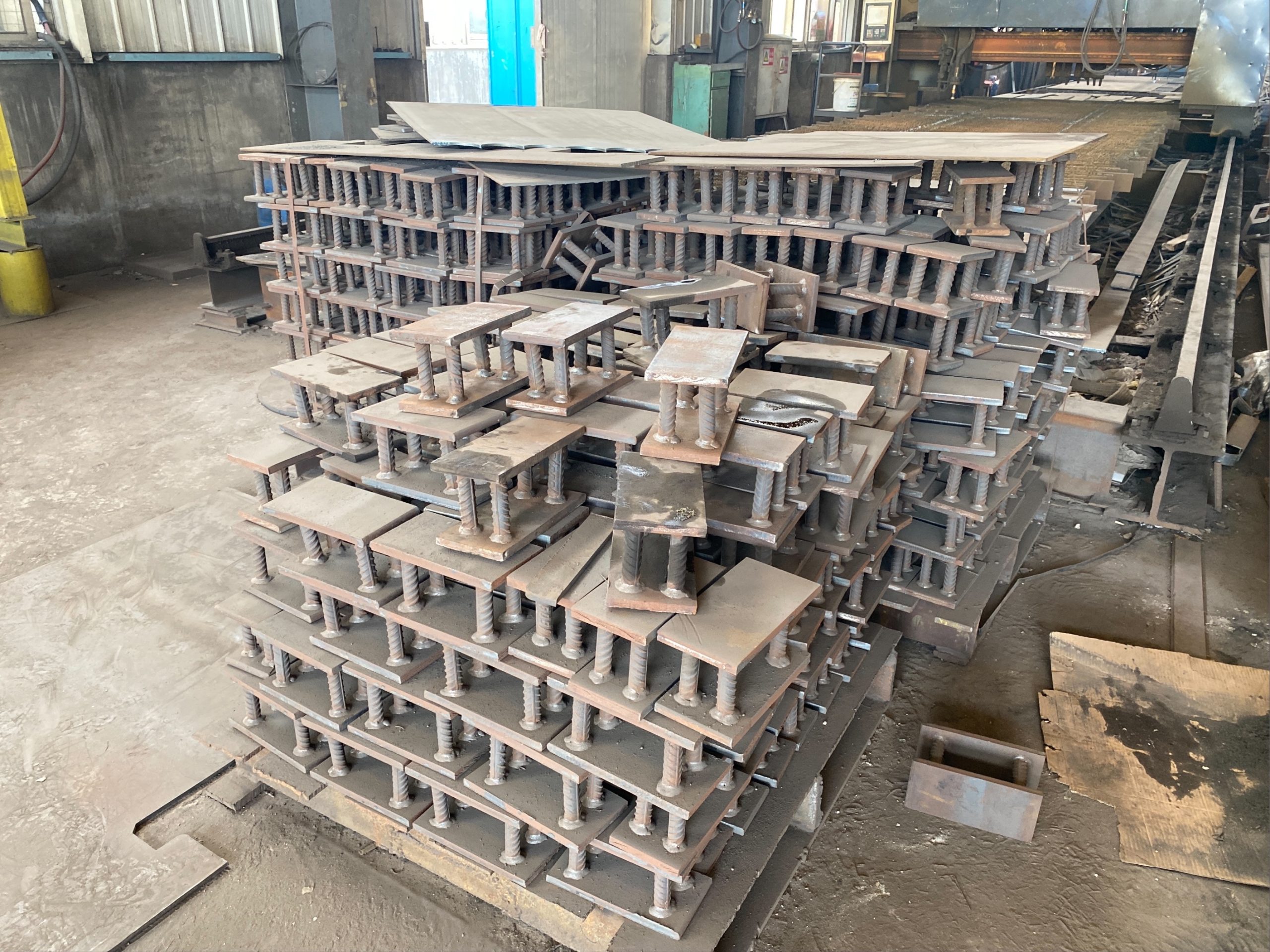
Another key innovation in steel structure manufacturing is the use of advanced robotics and automation systems to streamline production processes and improve quality control. By incorporating robotics into the manufacturing process, manufacturers can increase productivity, reduce labor costs, and ensure that each component meets the highest standards of quality and precision. This not only benefits the manufacturers themselves but also the end-users who will ultimately benefit from stronger, more durable buildings.
In addition to technological advancements, the steel structure industry is also embracing the principles of green building design to create more sustainable and environmentally friendly structures. By using recycled materials, optimizing energy efficiency, and reducing waste, manufacturers can minimize the environmental impact of their operations and contribute to a more sustainable future. Green buildings not only benefit the environment but also provide long-term cost savings for building owners through reduced energy consumption and maintenance costs.
The integration of innovative technologies and green building principles is not only shaping the future of the steel structure industry but also driving demand for more sustainable and efficient construction practices. As consumers become increasingly aware of the environmental impact of their choices, there is a growing demand for buildings that are not only aesthetically pleasing and functional but also environmentally responsible. By embracing these trends, manufacturers can position themselves as leaders in the industry and attract a new generation of environmentally conscious customers.
Overall, the future of the steel structure industry looks bright, with advancements in manufacturing processes and a focus on sustainability driving innovation and growth. By embracing new technologies and green building principles, manufacturers can create structures that are not only stronger and more efficient but also better for the planet. As the industry continues to evolve, we can expect to see even more exciting developments that will shape the way we build and live in the years to come.
Sustainable Practices in Steel Structure Construction
The steel structure industry has long been a cornerstone of modern construction, providing the framework for skyscrapers, bridges, and other large-scale projects. However, as the world becomes increasingly focused on sustainability and environmental responsibility, the industry is facing new challenges and opportunities. In order to stay relevant and competitive in the 21st century, steel structure companies must embrace innovative technologies and green building practices.
One of the key trends shaping the future of the steel structure industry is the integration of advanced technologies. From 3D modeling and virtual reality to robotics and automation, these technologies are revolutionizing the way steel structures are designed, fabricated, and erected. By using digital tools to streamline the construction process, companies can reduce waste, improve efficiency, and deliver projects faster and more cost-effectively.
In addition to technological advancements, the steel structure industry is also embracing sustainable practices to minimize its environmental impact. Green buildings, which are designed to be energy-efficient and environmentally friendly, are becoming increasingly popular around the world. By using sustainable materials, optimizing energy usage, and incorporating renewable energy sources, steel structure companies can help reduce carbon emissions and promote a more sustainable future.
One of the key benefits of green buildings is their ability to reduce energy consumption and lower operating costs. By using energy-efficient materials and design strategies, steel structures can significantly decrease their carbon footprint and help combat climate change. In addition, green buildings often have higher resale values and lower maintenance costs, making them a smart investment for both developers and property owners.
Another important aspect of sustainable construction is the use of recycled and recyclable materials. Steel, which is one of the most widely recycled materials in the world, is an ideal choice for green buildings. By using recycled steel in construction projects, companies can reduce their reliance on virgin materials and minimize waste. In addition, steel structures can be easily disassembled and recycled at the end of their lifecycle, further reducing their environmental impact.
As the demand for sustainable construction continues to grow, steel structure companies must adapt to meet the changing needs of their clients. By investing in innovative technologies and embracing green building practices, companies can position themselves as leaders in the industry and attract new business opportunities. In the coming years, we can expect to see more steel structures that are not only strong and durable but also environmentally friendly and energy-efficient.
In conclusion, the future of the steel structure industry lies in the integration of innovative technologies and green building practices. By embracing digital tools, sustainable materials, and energy-efficient design strategies, companies can create structures that are not only aesthetically pleasing and functional but also environmentally responsible. As the world continues to prioritize sustainability and environmental stewardship, the steel structure industry must evolve to meet the challenges of the 21st century. By staying ahead of the curve and embracing new trends, companies can ensure their long-term success and contribute to a more sustainable future for generations to come.

